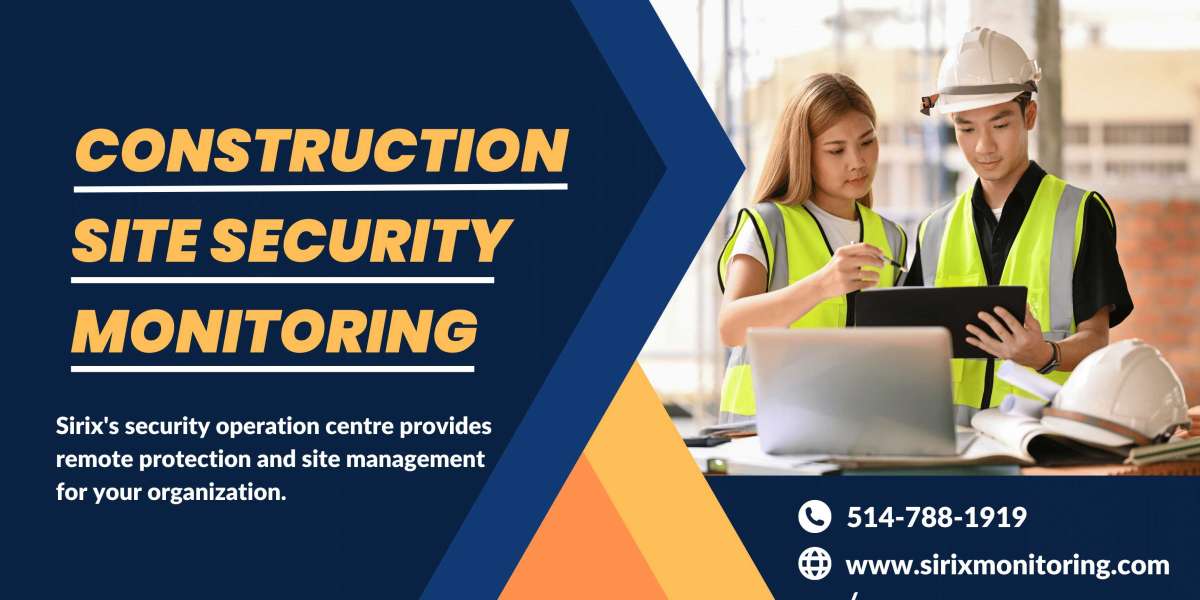Construction sites are often seen as easy targets by criminals due to the high-value equipment and materials present on site. Therefore, it is essential to conduct security risk assessments to identify potential risks and take measures to mitigate them.
In this article, we will discuss the process of conducting effective construction site security risk assessments.
Understanding Construction Site Security Risks
Construction sites security are vulnerable to a range of security risks, including theft, vandalism, arson, and terrorism. These risks can result in significant financial losses, delays in construction schedules, and damage to the reputation of the construction company.
Therefore, it is essential to identify potential risks and take measures to mitigate them.
Conducting a Site Survey
The first step in conducting a security risk assessment is to conduct a site survey. This involves a physical inspection of the site to identify potential security risks.
The site survey should consider the layout of the site, the location of access points, and the type of equipment and materials present on site.
Identifying Potential Security Threats
Once the site survey has been completed, the next step is to identify potential security threats. This can be done by reviewing the results of the site survey and assessing the likelihood and impact of each potential threat.
It is essential to consider both external and internal threats, such as theft, vandalism, arson, terrorism, and employee theft.
Analyzing Security Risks
The next step is to analyze the security risks associated with each potential threat. This involves assessing the likelihood and impact of each potential threat and developing a risk matrix to prioritize the risks.
The risk matrix should consider the likelihood and impact of each potential threat and assign a score to each risk.
Implementing Security Measures
Once the security risks have been analyzed, the next step is to implement security measures to mitigate the risks.
This can include physical security measures, such as access controls and perimeter security, as well as administrative controls, such as security policies and procedures.
Emergency Response Planning
It is essential to have an emergency response plan in place to respond to security incidents effectively.
The emergency response plan should include procedures for responding to incidents such as theft, vandalism, and terrorism, as well as natural disasters such as fires and floods.
Site Security Training for Staff
All staff working on the construction site should receive training on site security measures and procedures. This can include training on access controls, security policies and procedures, and emergency response planning.
It is essential to ensure that all staff members are aware of their responsibilities regarding site security.
Security Monitoring and Review
Once security measures have been implemented, it is essential to monitor and review them regularly to ensure their effectiveness.
This can include regular site inspections, security audits, and reviewing incident reports to identify any gaps in security measures.
Legal and Regulatory Requirements
Construction companies are required to comply with legal and regulatory requirements regarding site security.
This can include compliance with building codes, health and safety regulations, and data protection regulations. It is essential to ensure that all security measures comply with these requirements.
Conclusion
In conclusion, conducting effective construction site security risk assessments is essential for mitigating potential security threats and ensuring the safety of personnel and equipment on site. The process involves conducting a site survey, identifying potential security threats, analyzing security risks, implementing security measures, developing an emergency response plan, providing site security training to staff, monitoring and reviewing security measures, and ensuring compliance with legal and regulatory requirements.
By following these steps, construction companies can minimize security risks and protect their personnel and assets.








